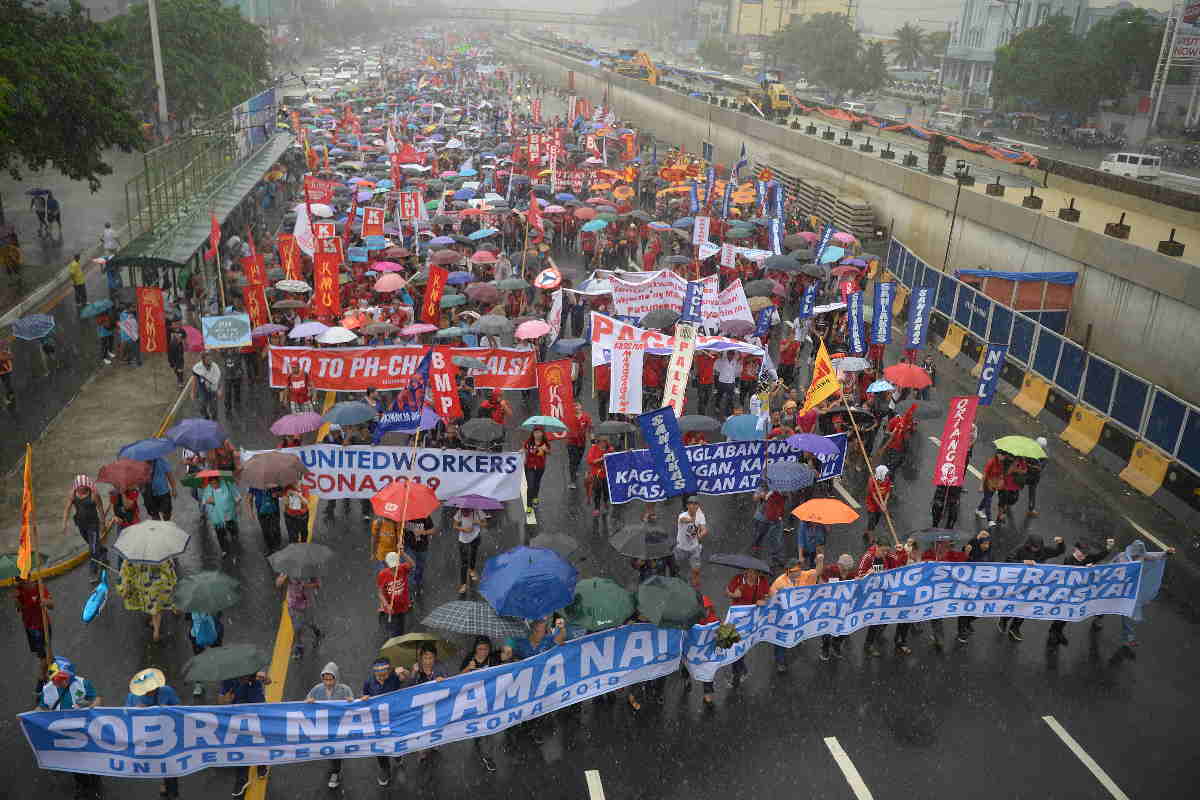The ASEAN Post recently published an article on enforced disappearances in Thailand. This was in conjunction with the recent International Day of the Victims of Enforced Disappearances on 30 August. That article noted that International law defines enforced disappearance as the detention of a person by state officials and a refusal to acknowledge the detention or to reveal the person’s fate or whereabouts.
While the situation in Thailand is certainly grave with prominent activists who have gone missing for as long as 15 years, it would not be fair to speak about enforced disappearances without mentioning another ASEAN member country: the Philippines.
According to latest data from the Philippines’ Families of Victims of Involuntary Disappearance (FIND), there are at least 1,996 documented cases of enforced disappearance in the Philippines since the administration of Ferdinand Marcos. Out of this number, 1,165 are still missing while 587 have surfaced alive and 244 were found dead.
The country recorded its highest number of victims with 926 under its 10th president Ferdinand Marcos, followed by 11th president Corazon Aquino with 540, and 14th president, Gloria Macapagal Arroyo with 336.
The United Nations (UN) Working Group on Enforced or Involuntary Disappearances, however, has placed a more conservative number of 625 disappearances since the 1980s. Despite its more conservative number, the Philippines still takes top spot for most enforced disappearances in ASEAN followed by Indonesia with 163 disappearances.
In the face of the UN working group’s statistics, on 17 February, senior Philippine government officials led by Undersecretary Severo Catura of the Presidential Human Rights Committee formally moved for the delisting of all 625 cases during a meeting last Thursday with the UN working group, stating that the disappearances were mainly attributed to government forces between 1975 and 2012.

Clearing a name
The Philippines’ Department of Foreign Affairs (DFA) said the Philippine delegation presented documents showing that the cases are being addressed by the government, including the 105 whose claims were recognised by the Human Rights Victims’ Claims Board (HRVCB) created to recognise and provide reparations to victims of human rights abuses during the martial law regime.
Aside from those recognised by the HRVCB, the Philippines also provided the UN working group with information on the cases where perpetrators had been tried and convicted or acquitted; where the whereabouts or fate of disappeared persons have been reported; and where cases were erroneous duplicates, possibly fictitious or had been closed.
In 2012, the 15th president of the Philippines, Benigno Aquino III signed into law the Anti-Enforced or Involuntary Disappearance Act which makes the crime of enforced disappearance punishable by life imprisonment.
A Philippine-based news portal quoted Nilda Sevilla, co-chairperson of FIND, as saying that the law passed in 2012 is the first of its kind in Asia. It sees enforced disappearance “as a special or separate offense” from kidnapping, serious illegal detention, and/or murder.
In spite of the existence of the law, however, some quarters believe that enforced disappearances continue to happen. According to FIND, in the more than two years since Rodrigo Duterte became Philippine president in 2016, the group has documented 23 victims.
The number of reported victims, however, is much higher than those documented, with a total of 2,334 across the seven administrations. During Duterte’s administration, there have been 45 reported victims.
The victims are usually political activists, farmers, members of labour unions, and students. Just recently, FIND told local media it noticed that the list of victims under the Duterte administration now includes victims with no affiliations but who come from the poorest communities.
When asked what the roadblocks in seeking justice and preventing these disappearances from happening were, Sevilla was reported as saying that the biggest hurdle was the lack of common understanding of the concept of human rights.
“How can you really bring the perpetrators to court if in the first stage, they will immediately say there’s no probable cause just because they are not aware of the nuances or character or nature of an enforced disappearance?” she was quoted as saying.
Related articles:
